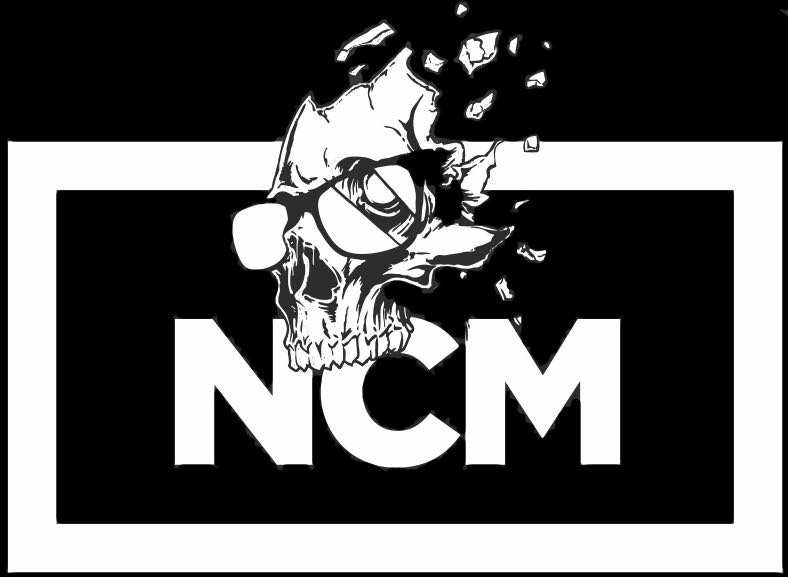On Page SEO Tips – How to SEO your Website for Online Success
SEO Friendly Web DesignCreating a stunning looking website is not enough today because every business from grocery shop to 5 star hotels have websites, and everyone wants to spread their business and services worldwide. Here comes the necessity of SEO. SEO (Search engine optimization) is a practice of increasing your online presence in the SERPs (Search Engine Result Pages). Now SEO becomes a viable online approach for businesses of all sizes and shapes for a lot of customers and business. Doing things right from starting can 100% reap the benefits.
Below I explain some web design practices for improving website visibility from the ground up, which are not taught in any Web Designing Institute. You may also find some little things that need to be done from the offset, and these techniques also improve the user experience even search engine also.
Let’s Start from the beginning.
Keyword Research Any SEO process needs traffic gaining keywords. Keyword analysis is the prime skill to be leaning in your SEO Training Course, and if you’re a beginner you MUST master this skill. Your customers and search engine may not find more details you if you are using the wrong keywords. First you must decide your business objective before launching a website. What type of customer do you need Local, National or Global? Or what you want to achieve?
After it you can build pages that target these specific keywords based on your keyword research.
* Create a list of your specific target keywords.
* Find family keywords of these specific keywords. You can use Google Adwords, Wordstream, Wordtracker etc.
* Group and categorize them according to their specific keyword. (Viz. Location or Brand name)
* Finalized your list and put them in your web pages but don’t do it over. Put only 3-4 primary keyword and 7-8 secondary keywords in a page.Keyword PlacementSome major factors tell search engines what a page is about. It’s very important to put keywords in the right place on the page. Because Search engine mostly reads major keywords of your page even a user when he searches for something he doesn’t read your full story, he may be focuses on your heading or points.
Here are some good places for put keywords:
* Title Tag (Used in Title Bar and Rich snippets, affects CTR also, 65 chars best)
* Meta Tag Description (used in Rich snippets, 150 chars long )
* Header and Navigation (SE reads left to right & top to bottom, most visible area)
* Breadcrumb trails (good linking place for both SEs and Users)
* Heading Tags (H1 to H3 is enough)
* ALT Tags (helps SEs to understand your image info.)
* The title attribute on the Links (not much but helpful to users)
* Internal links (Strong linking indicates, strong site structure)
* Footer Links (NO to too many links, just for user help)
* Static URLs (Good for bookmarking, Snippets and human friendly)All these points create a user friendly website. So create your content for user, if user focused on your content, Google automatically focused on you.
If you think its not a complete list, help me to update it. Your comments would be valuable.
Let’s talk in some detail.
Responsive NavigationCreating a search engine friendly navigation (responsive web design) means creating a structure that search engines can read and follow easily. Always create text based links navigation instead of image links because search engine can’t read images. It creates your interlinking more powerful and accessible.
Now day’s websites moving rapidly on mobiles. Wherever possible avoid flash and Javascript based navigation. It’s not good from an SEO Point of view.
If you love flash then why don’t use CSS3 or jQuery instead of Flash. They give you a better experience and faster load time.
Create your navigation descriptive and Clear. Create interlinks between web pages. Label your navigation clearly that a user can understand what the page is about.
URLSEO friendly URL means search engines can quickly read and identify what a page is about. The past few years I have noticed that a number of websites did not contain friendly URL, here an example:
No anyone user can understand this URL.
Always create a user friendly URL that can a user understand even search engine also. Create you URL’s like
If you have a dynamic website that has thousands of pages, you can use URL rewriting tools.
ImagesImages play an important role in the website, they create a better environment for the user. But sometimes it creates better experience. If your website has big images, it takes more time in loading. So always try to use small images or you www.criminalcasehackcheats.com/ can use Sprites. Use less resolution images 72dpi. Place image in context in the page, more related text around the image, the better results you will get. Create a Folder named “Images” and put all the images inside.
Always name your images descriptive, we talked above search engine can’t read images, he can read only image names. So if you want to see your website’s image’s presence in Search engine Image result, always name them like “sun-rises.jpg” instead of “abc123.jpg”. Name your images with their descriptive keywords. www.agariohackonlines.com/
For an example if a person finding sun rises images. They will be going on Google Images to find them and if your sunrises image have names like abc123.jpg, it doesn’t appear in Google image results.
Always try to best practices for image naming. Use ALT tag with an image, because if your website takes more time for loading or not loaded properly the ALT tag does the work image.
SitemapWeb pages list of a website called sitemap. It creates your site more accessible to crawlers or users. Sitemaps basically created to tell the search engine about all the pages on the website. Through sitemap a user and crawler can go on your all website pages that means it creates your website more accessible. Do’s and Don’ts with Sitemaps.
Do’s
* Always create XML sitemap because it’s more accessible for Crawlers.
* Put your sitemap in your websites main folder.
* Create separate Sitemaps one for the user and one www.contestofchampionshackcheat.com/ for Crawler.
* You can use Google Sitemap Generator for creating sitemap or other software’s which you have.
* Submit it in Search Engines.Don’ts
* Don’t create over optimized sitemap.
* Don’t put your sitemap in inner folders of your website.
* Don’t create duplicate Sitemaps.
* After submitting sitemap check status.Social MediaYou want to create a relationship with your customers. You have to use social media, they help you to create a customer family. Now social media becomes a must part of SEO. It creates exposure and helps you in building trust and community.
The user always shares a link with their network if he find it useful. It creates a possibility of link building.
Social media’s plus point is you don’t need to pay a single penny for your exposure.
Get started with major social media website like:
* Twitter
* Facebook
* LinkedIn
* Google+ etc.Create your profiles and put some social media icons on your website and connect them with their accounts. It tells others that the company is available and actionable.
Adding twitter feeds on website also help with regular updates and keyword placement.
ConclusionFirst update your website regularly because If you give better content and user experience, you gain more traffic. With these methods you can claim for your top position in Google results. Create your checklist and achieve the goals you’re looking for.






